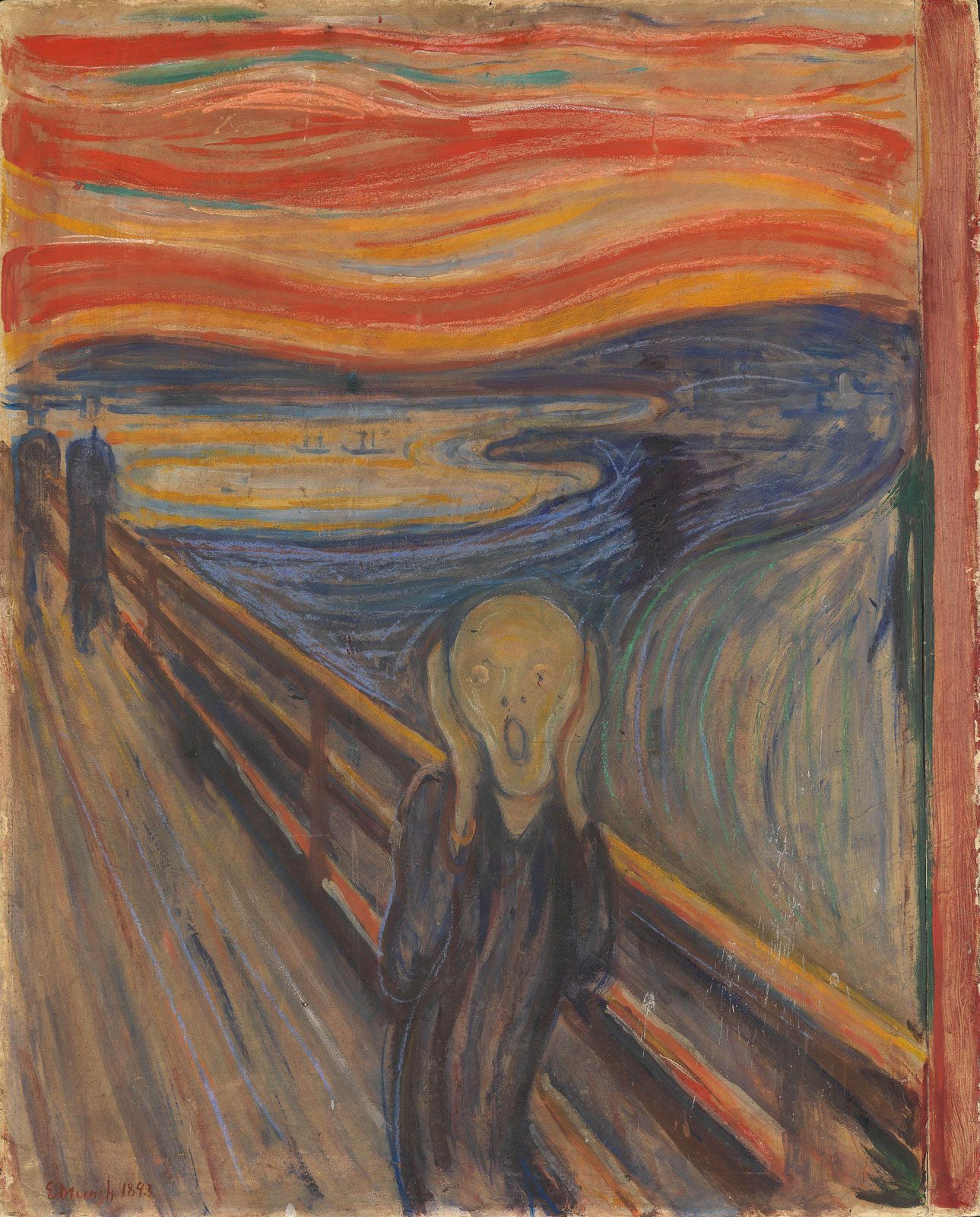This content provides an overview of 10 essential art movements that defined the 20th century. The movements discussed include Cubism, Fauvism, Surrealism, Abstract Expressionism, Pop Art, Minimalism, Postmodernism, Graffiti Art, Photorealism, and Installation Art. Each movement is described briefly, highlighting key artists and their contributions to the art world. This content offers a glimpse into the diverse and influential artistic movements that shaped the 20th century and continue to inspire contemporary artists today.
10 Essential Art Movements that Defined the 20th Century
1. Cubism
Cubism, pioneered by Pablo Picasso and Georges Braque in the early 20th century, revolutionized the concept of representation in art. It sought to depict objects from multiple viewpoints, deconstructing forms into geometric shapes and planes. Cubists challenged the traditional rules of perspective, introducing a fragmented and abstract approach to art.
2. Fauvism
Fauvism emerged in France in the early 1900s, characterized by bold and vibrant colors. Artists like Henri Matisse and André Derain emphasized individual expression and freedom in their work. Fauvist painters brushed aside natural color palettes and instead used intense and arbitrary colors to evoke emotions and convey meaning.
3. Surrealism
Surrealism, led by André Breton, emerged as a literary movement in the 1920s but soon expanded into visual arts. Artists such as Salvador Dalí and René Magritte created dreamlike and often bizarre images that challenged rationality and embraced the realm of the subconscious. Surrealism aimed to tap into the inner imagination and explore the irrational aspects of human thought.
4. Abstract Expressionism
Abstract Expressionism emerged in the mid-20th century in New York City. Artists like Jackson Pollock and Willem de Kooning embraced spontaneous and gestural techniques, using bold brushstrokes and pouring or dripping paint onto canvas. This movement placed emphasis on the act of creation, aiming to express emotion and deeper meanings through non-representational forms.
5. Pop Art
Pop Art, epitomized by artists like Andy Warhol and Roy Lichtenstein, emerged in the 1950s and ’60s as a reaction against the seriousness of Abstract Expressionism. Artists incorporated popular culture and everyday objects into their work, employing bold colors, repetition, and commercial imagery. Pop Art celebrated consumerism while simultaneously critiquing it.
6. Minimalism
Minimalism, developed in the 1960s, sought to strip art down to its purest form. Artists like Donald Judd and Dan Flavin focused on reducing artworks to basic geometric shapes and industrial materials. Minimalist art eliminated any unnecessary elements, emphasizing simplicity and objectivity.
7. Postmodernism
Postmodernism encompasses various artistic disciplines and emerged in the latter half of the 20th century. It rejects the notion of a singular narrative or truth, incorporating diverse styles, mediums, and cultural references. Artists like Cindy Sherman and Barbara Kruger explored themes of identity, politics, and mass media, blurring the boundaries between high and low art.
8. Graffiti Art
Graffiti art originated in urban environments, particularly in New York City in the 1970s. Artists like Jean-Michel Basquiat and Keith Haring used graffiti as a visual language, often conveying political messages or personal statements. Unconventional materials, bold colors, and public spaces became the canvas for these artists, challenging traditional notions of art and reaching a wider audience.
9. Photorealism
Photorealism emerged in the late 1960s and ’70s as a movement that aimed to create highly detailed artworks that resembled photographs. Artists such as Chuck Close and Richard Estes meticulously rendered their subjects, often using photographs as references. This movement celebrated the technical skill of the artist, blurring the line between reality and illusion.
10. Installation Art
Installation art gained prominence in the late 20th century and continues to evolve today. Artists like Yayoi Kusama and Christo and Jeanne-Claude created immersive environments that transformed gallery spaces. These artworks often incorporated various media, challenging the traditional confines of painting or sculpture. Installation art invites viewer interaction and provides a unique and dynamic experience.
